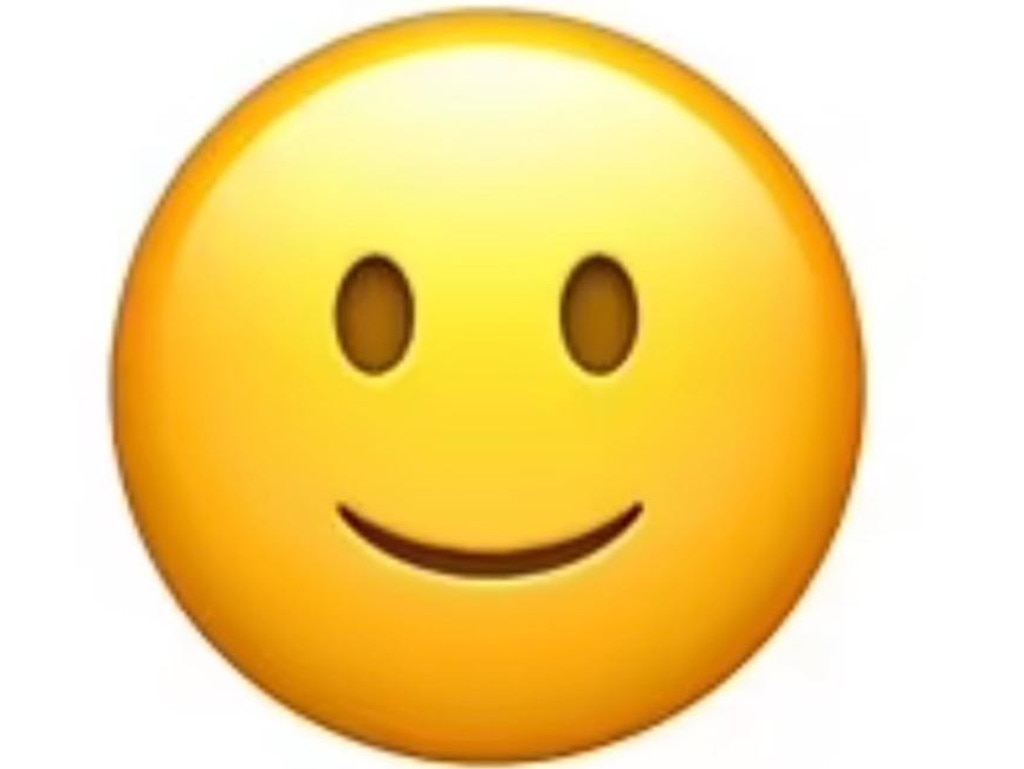Gen Z co-opted the smiley face emoji, but beware — it means something totally different to them
What used to be the universal symbol of warmth and joy has taken a sinister turn – at least in the eyes of Gen Z.
What used to be the universal symbol of warmth and joy has taken a sinister turn – at least in the eyes of Gen Z.
The classic smiley face emoji now means something completely different to those under 30, The New York Post reports.
Instead of conveying happiness, the grinning yellow face is now seen as dismissive, passive-aggressive, or straight-up sarcastic.
And if you’re sending it to younger colleagues or friends, it could be rubbing them the wrong way.
Hafeezat Bishi, a 21-year-old intern, recently told The Wall Street Journal that she was taken aback when her older co-workers used the smiley emoji in emails and texts.

“I had to remember they are older, because I was use it sarcastically,” Ms Bishi said, explaining that she often views the emoji as conveying a “side-eye smile” rather than genuine enthusiasm.
Meanwhile Sara Anderson, a 31-year-old cheerleading coach, told the publication that she regularly includes the emoji to add “lightness” to her messages.
That’s exactly the disconnect: what seems friendly to older folks can come off as phony or even biting to the younger crowd.
According to Erica Dhawan, author of Digital Body Language: How to Build Trust and Connection, No Matter the Distance, older generations tend to take emojis at face value, while younger “digital natives” assign entirely different meanings.
“People over 30 tend to use emojis according to their dictionary,” Ms Dhawan told The Journal, emphasising that for Gen Z, emoji meanings have evolved into a whole new lexicon.

But the generational gap isn’t just about smiley faces.
Back in March, Amit Kalley, founder of support site For Working Parents, warned that emojis have become a covert language for teenagers to communicate everything from drug slang to hate speech.
“It’s far from an exhaustive list, but it’s based on common emojis used to say something very different to what you’d think,” Ms Kalley wrote on Instagram, pointing to a “periodic table of emojis” that decodes the supposedly hidden messages.
A recent study from Oklahoma State University, meanwhile, found that emoji use can reveal a lot more about your personality than you might think.
Researchers surveyed 285 undergraduates, mostly 20-year-olds, to see how their emoji habits aligned with personality traits.
More Coverage
“Emoji use may be related to strategies to manipulate the perceptions of others and to present a positive impression of oneself,” the study said, suggesting that what you send could say more about you than you realise.
So, the next time you slap a smiley face emoji on a message to Gen Z, think twice – it might not come off as cheery as you’d hoped.
This article originally appeared on The New York Post and was reproduced with permission





